They Say Kumamoto’s Tap Water Is “Mineral Water” — We Had a Sommelier Do a Taste Test
public: 2024.07.19
writer:kese
Kumamoto is known for its pristine water, with abundant springs throughout the region. The city’s tap water, uniquely among major Japanese cities, is sourced exclusively from groundwater (rather than water filtered from lakes, rivers other bodies of water, as is common in other locales).
This leads to the common refrain “In Kumamoto, bottled water comes out of the tap!” But is this true? We had a sommelier conduct a taste test to find out.
Contents
They Say Our Tap Water is Mineral Water…
It’s a common saying around here that “Kumamoto’s tap water is mineral water.”
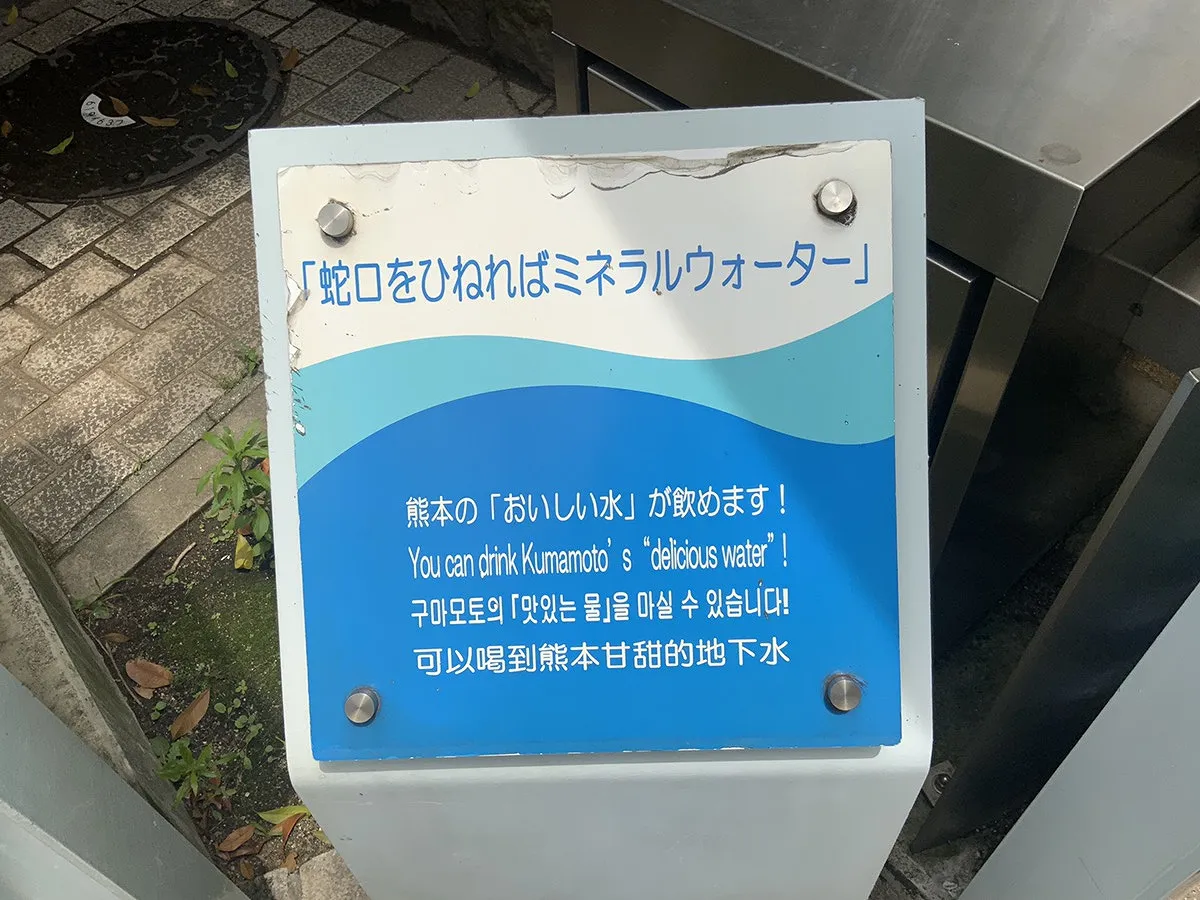
You’ll see it mentioned in various places, like Kumamoto City Hall…

as well as at Kumamoto Station, among many other places around the city.
Various places say that the water is clean.
But I have to wonder—if it’s really true, why would bottled mineral water even sell here?
So, we decided to put it to the test with our editorial team.
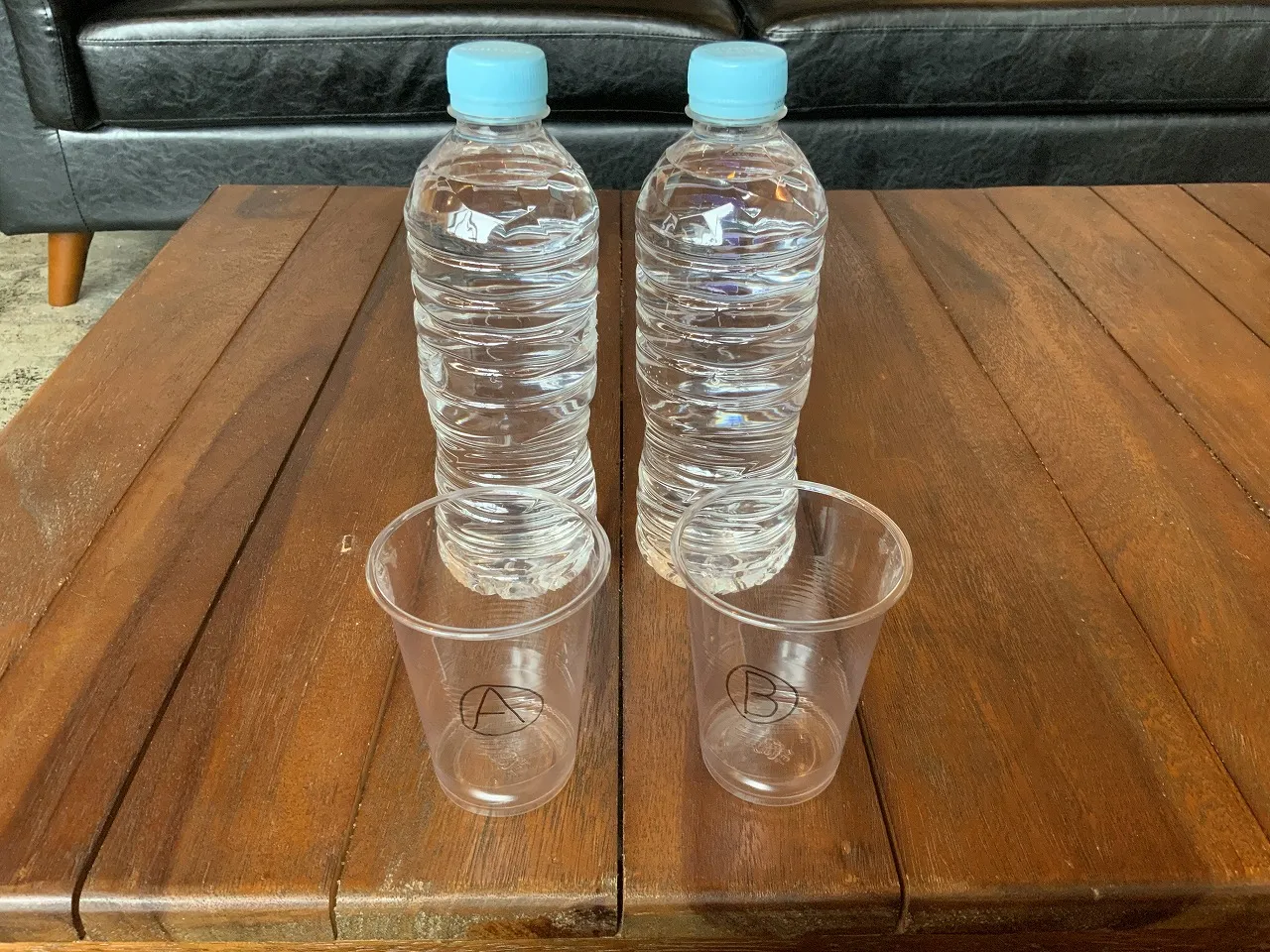
One sample was from the tap in my apartment.
The other was Suntory’s Natural Mineral Water from Aso. Both waters should originate (in theory) from Kumamoto, after all.
We kept which was which a secret and had everyone taste both.
Sample A was the mineral water, and Sample B was the tap water.
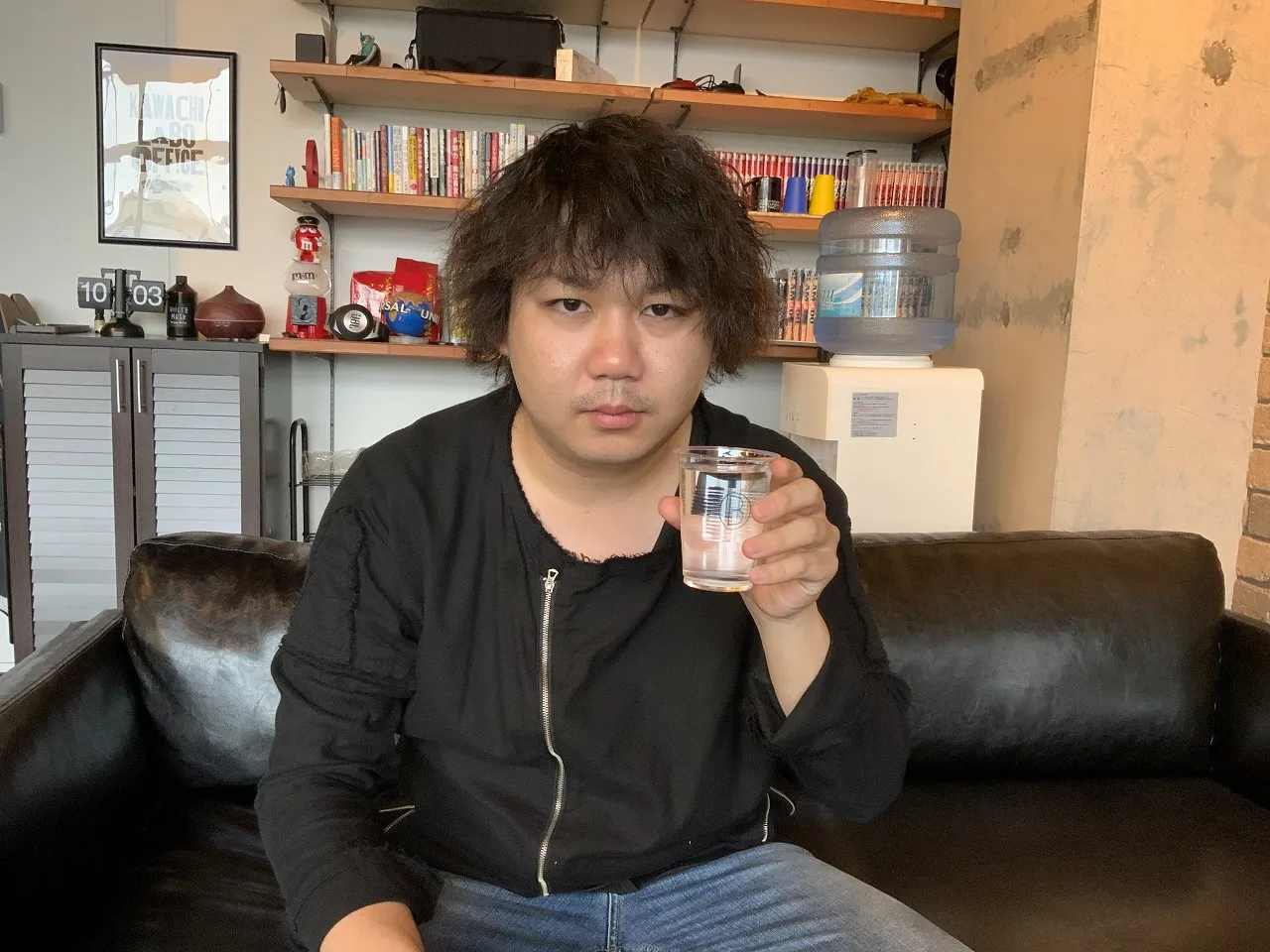
“I don’t have a very keen sense of taste, but I can tell the answer! A is easier to drink! This one is bottled water!”

“The smell is different too! A is bottled water!”
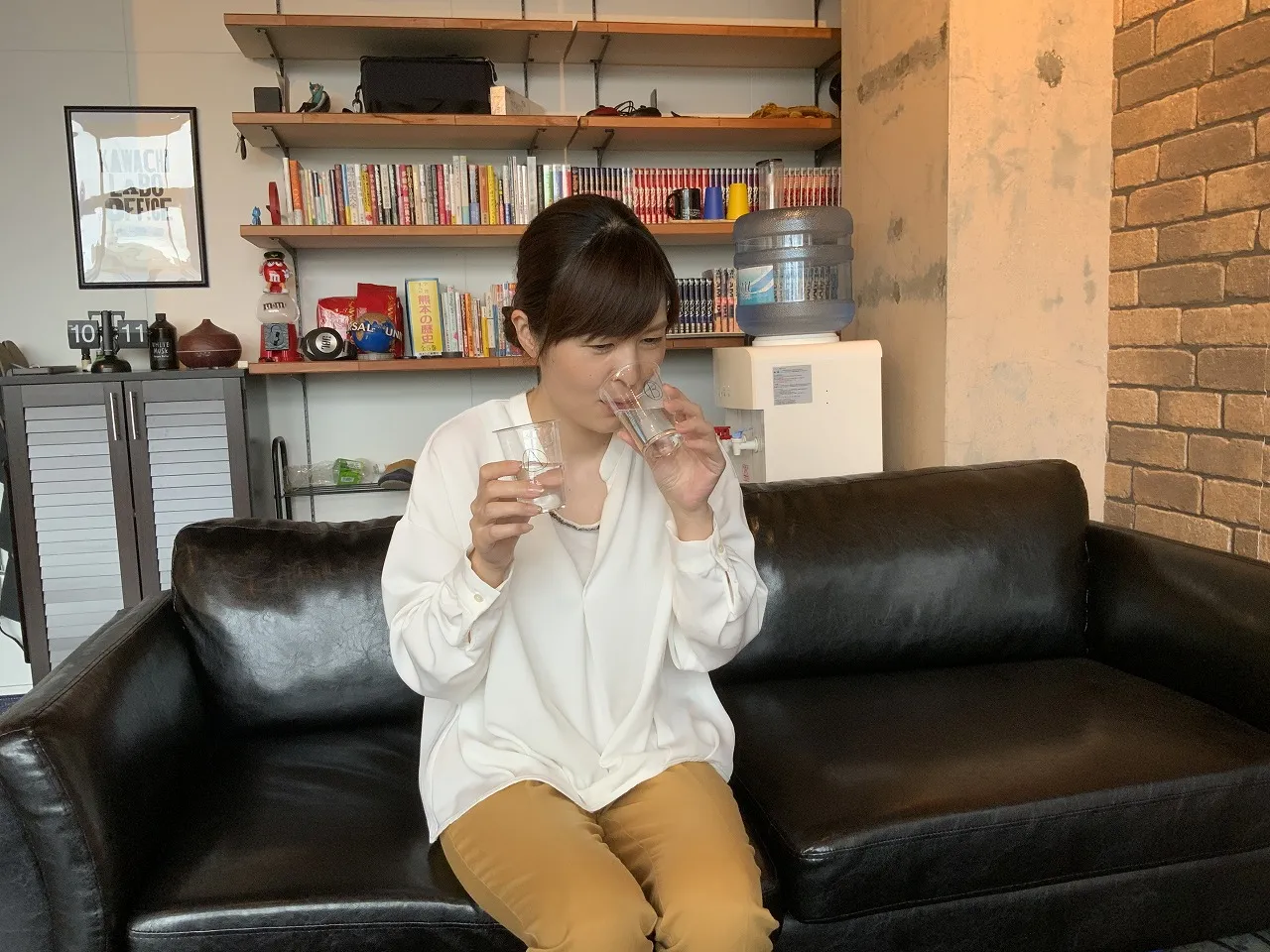
“It’s hard to tell because I was just having a cough drop, but I think A is bottled water!”
So, it was a unanimous decision: everyone preferred the taste of Sample A, correctly identifying it as the bottled water.
There must be quite a difference if you can tell even if you have poor taste buds, can tell by smell alone, or even while sucking on a cough drop.
Although I had my doubts, this result is a bit troubling. It could impact Kumamoto’s reputation…
Let’s See What the Taste Pros Say
But let’s be clear: the folks at Higo Journal, including myself, aren’t connoisseurs when it comes to subtle taste differences. It’s possible that everyone just guessed right by chance.
Convinced that a professional would know better, we sought expert help…
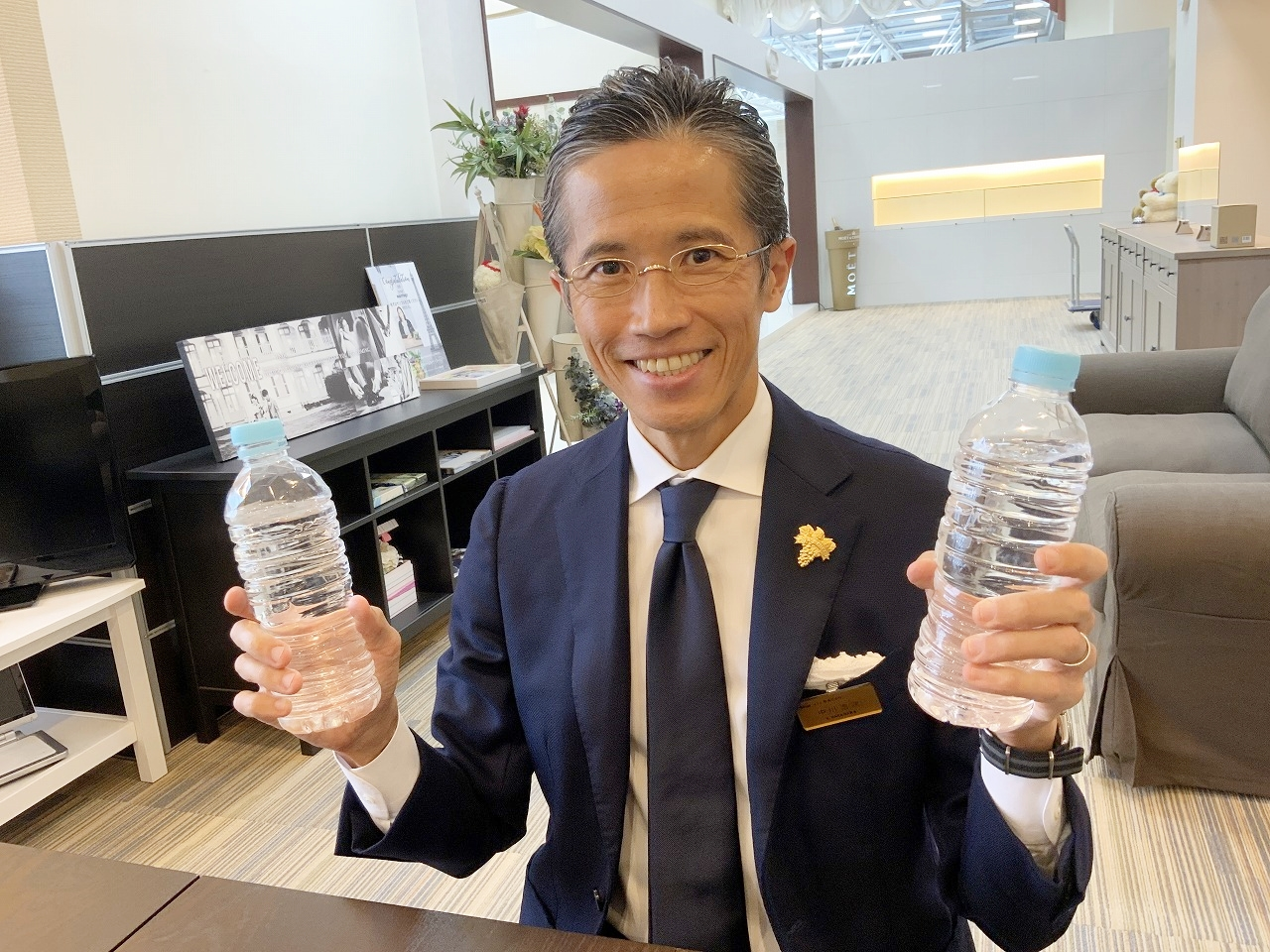
Mr. Koji Nakagawa (Hotel Kumamoto Terrsa), Kumamoto Branch Manager of the Japan Sommelier Association, compared the two for us.
 “Tasting water is a first for me, so I’m a bit nervous! (laughs)”
“Tasting water is a first for me, so I’m a bit nervous! (laughs)”
 “Sorry to ask you to do something so trivial. Thank you in advance.”
“Sorry to ask you to do something so trivial. Thank you in advance.”
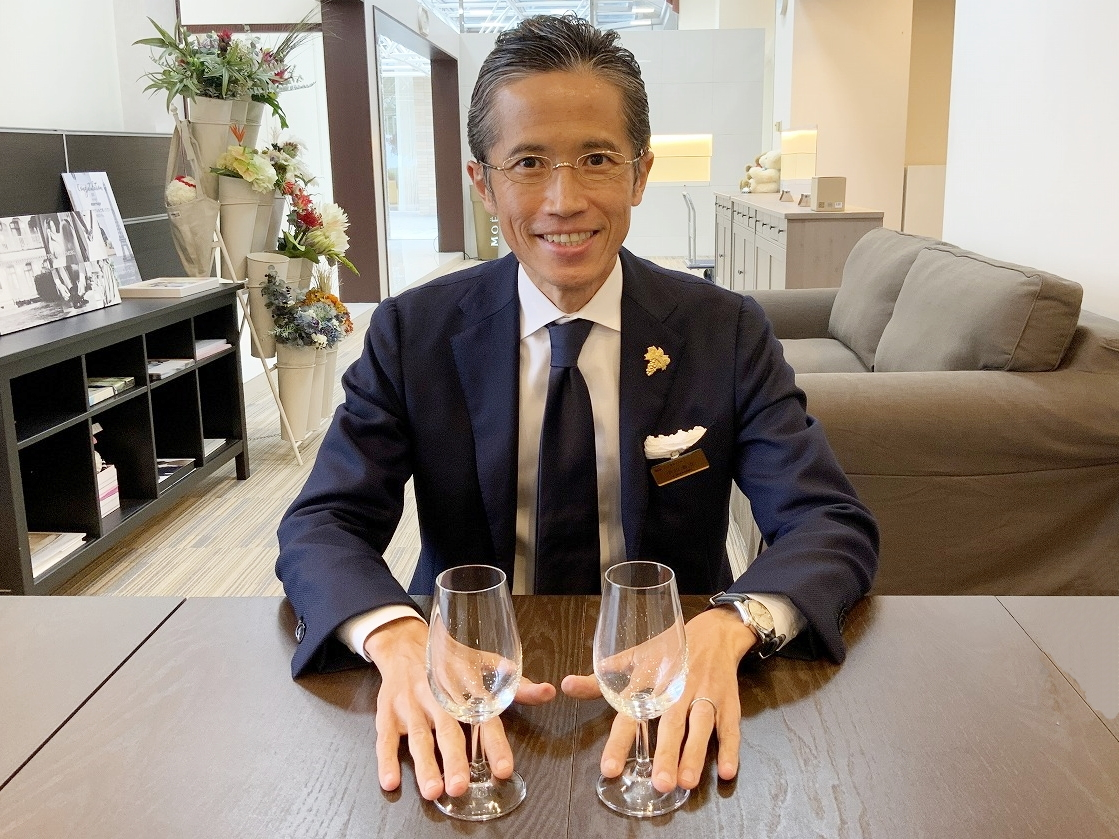
 “Please pour the water into these international standard tasting glasses. It’s best if it’s at the same temperature and preferably not cold.”
“Please pour the water into these international standard tasting glasses. It’s best if it’s at the same temperature and preferably not cold.”
 “Wow, this is serious…!!!”
“Wow, this is serious…!!!”
 “Of course, I‘m serious! Let’s start by checking the color.”
“Of course, I‘m serious! Let’s start by checking the color.”
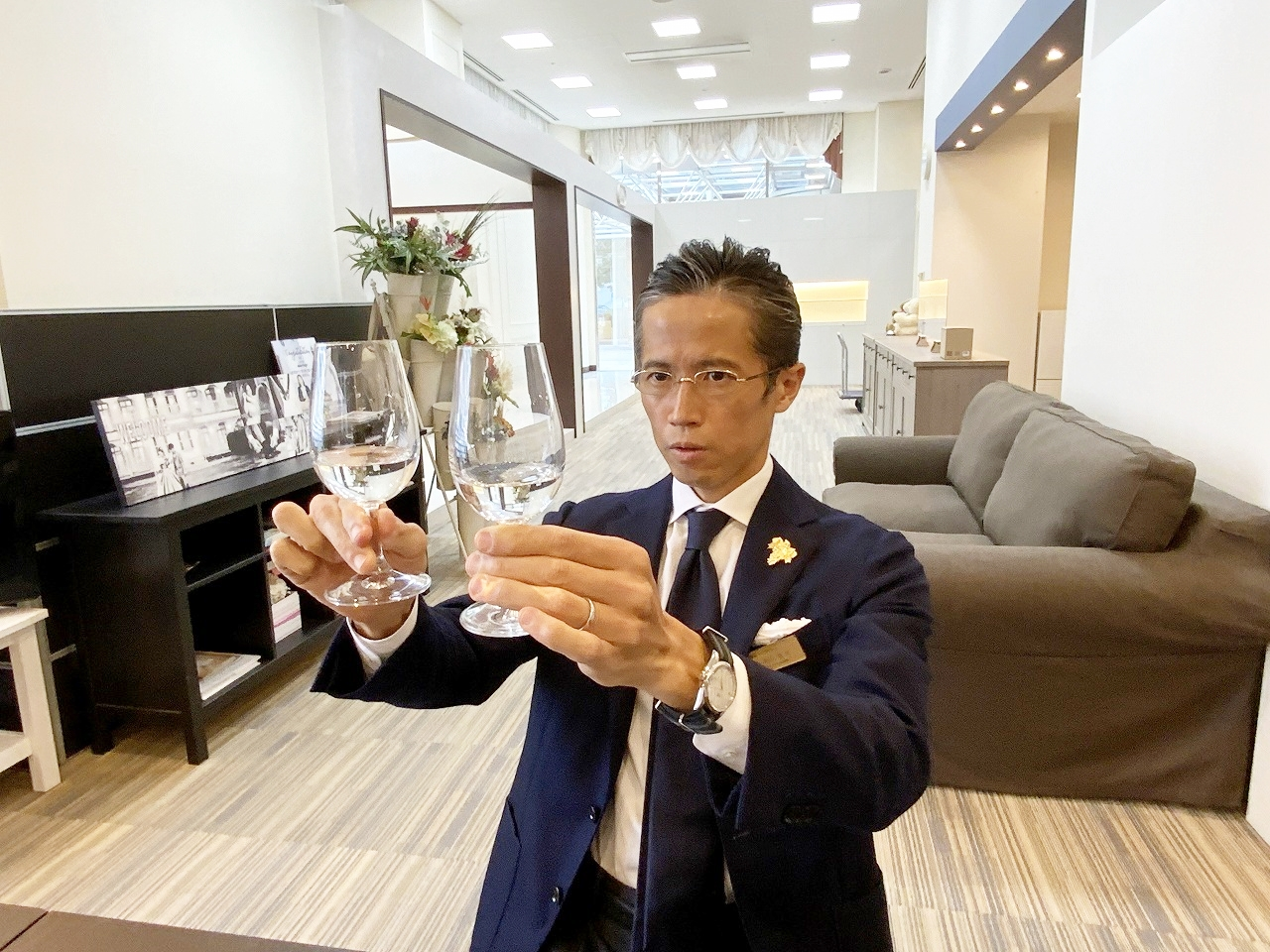
Mr. Nakagawa compares colors very seriously.
 “The water here on the right has a stronger brilliance, albeit slight.”
“The water here on the right has a stronger brilliance, albeit slight.”
 “Eh, I can’t tell.”
“Eh, I can’t tell.”
 “Yes, there is a difference. But from the color alone, we can’t tell which is tap water. (laughs) Let’s check the scent next.”
“Yes, there is a difference. But from the color alone, we can’t tell which is tap water. (laughs) Let’s check the scent next.”

Mr. Nakagawa earnestly compares the scent of the two glasses
 “ …Yes, there’s a clear difference in smell. The brighter one on the right is odorless, but the other has some scent.”
“ …Yes, there’s a clear difference in smell. The brighter one on the right is odorless, but the other has some scent.”
 “You look like you’re almost sure of the answer already.”
“You look like you’re almost sure of the answer already.”
 “At this point, I’d say the one on the left is the tap water. Now, let’s taste them…”
“At this point, I’d say the one on the left is the tap water. Now, let’s taste them…”

Mr. Nakagawa is quite serious about tasting.

 “The difference is clear… This one (left) is definitely tap water, and the other is bottled.”
“The difference is clear… This one (left) is definitely tap water, and the other is bottled.”
 “…Final answer?”
“…Final answer?”
 “Final answer. (laughs)”
“Final answer. (laughs)”
 “ …Correct. Is the difference really that noticeable?”
“ …Correct. Is the difference really that noticeable?”
 “Honestly, having tasted both before makes a big difference. Like with wine, it’s easier to confirm because the flavor is in my memory.”
“Honestly, having tasted both before makes a big difference. Like with wine, it’s easier to confirm because the flavor is in my memory.”
 “…Meaning?”
“…Meaning?”
 “I always enjoy running, and it tastes just like the bottled mineral water I buy and drink during my runs (laughs). That’s the moment I knew. The tap water tastes exactly like what I used to drink in the middle of the night as a kid when I got thirsty. It brought back memories. ”
“I always enjoy running, and it tastes just like the bottled mineral water I buy and drink during my runs (laughs). That’s the moment I knew. The tap water tastes exactly like what I used to drink in the middle of the night as a kid when I got thirsty. It brought back memories. ”
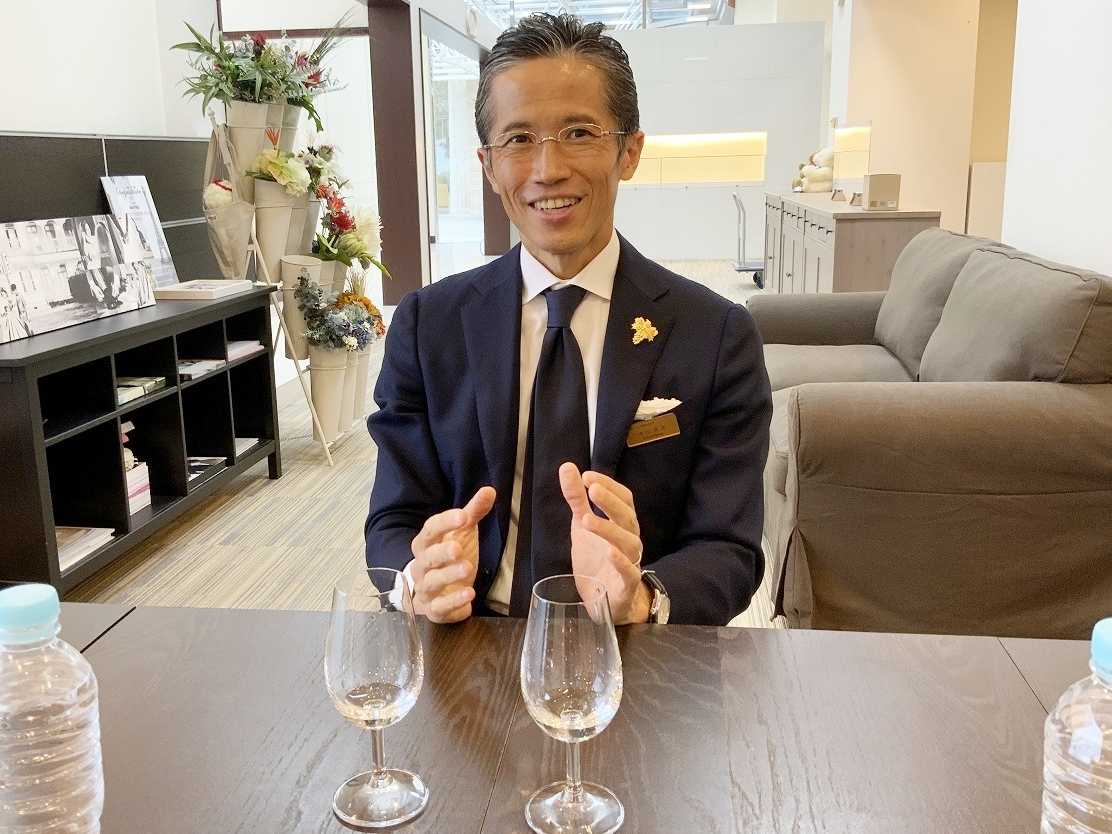
 “In terms of taste differences, it’s not about good or bad; but there’s a clear distinction. Bottled mineral water has a crisp, clean taste. In contrast, Kumamoto’s tap water is smooth and gentle. Both are delicious.”
“In terms of taste differences, it’s not about good or bad; but there’s a clear distinction. Bottled mineral water has a crisp, clean taste. In contrast, Kumamoto’s tap water is smooth and gentle. Both are delicious.”
 “That makes sense! Very clear explanation.”
“That makes sense! Very clear explanation.”
 “The difference would be less noticeable if the water was cold. In a side-by-side comparison like this, it’s evident, but if it were served cold, it might not be. While there is a taste difference, Kumamoto’s tap water is definitely delicious!”
“The difference would be less noticeable if the water was cold. In a side-by-side comparison like this, it’s evident, but if it were served cold, it might not be. While there is a taste difference, Kumamoto’s tap water is definitely delicious!”
 “Having a professional say that gives me the confidence to assert, “Kumamoto’s tap water is tasty!” Thank you very much!”
“Having a professional say that gives me the confidence to assert, “Kumamoto’s tap water is tasty!” Thank you very much!”
Mineral Content that Rivals Premium Bottled Water
So, despite some differences in taste, it’s clear that Kumamoto’s tap water is delicious, even to a sommelier.
According to official data from Kumamoto City, the tap water not only matches commercial bottled waters in mineral content but also excels in nutrients.
Only a minimal amount of chlorine is added, as mandated by water safety regulations, ensuring it’s safe to drink.
Conclusion: Although there are taste differences, Kumamoto’s tap water certainly qualifies as mineral water.
TRANSLATOR
kese
I was shocked by Lady Gaga's “Poker Face” in my childhood, fell in love with English songs, and now I am a university student majoring in English. I will do my best to bring you enjoyable English translations!








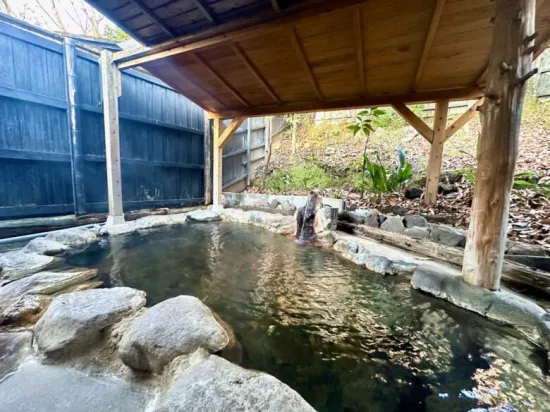




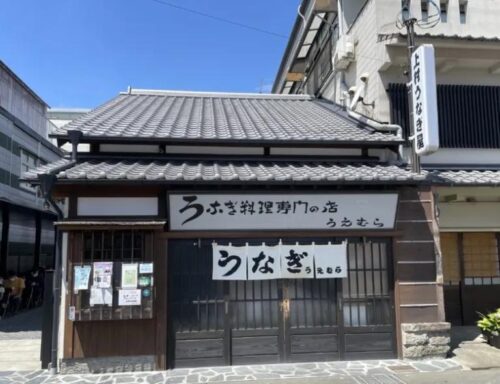

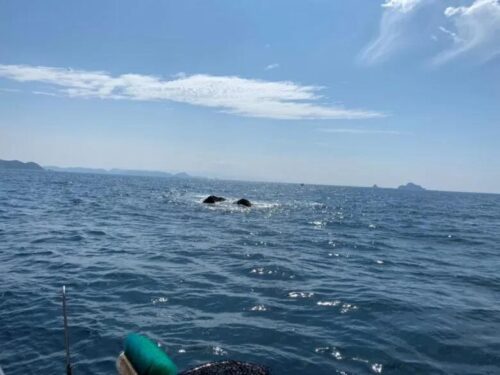
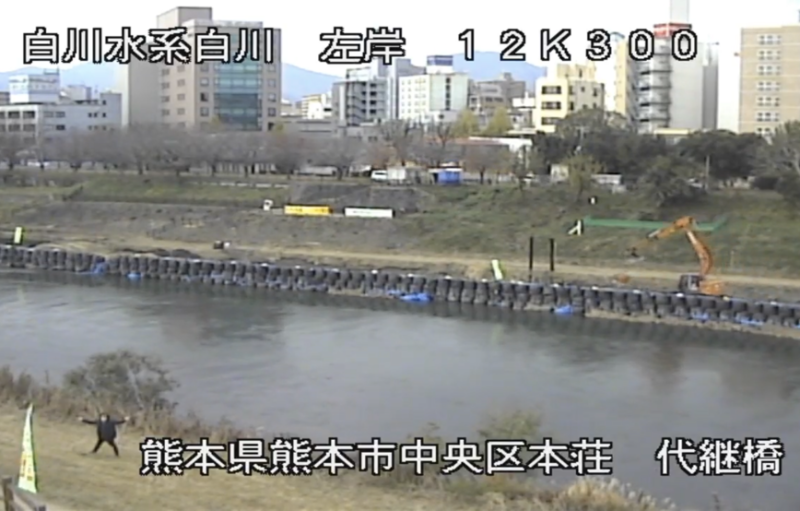



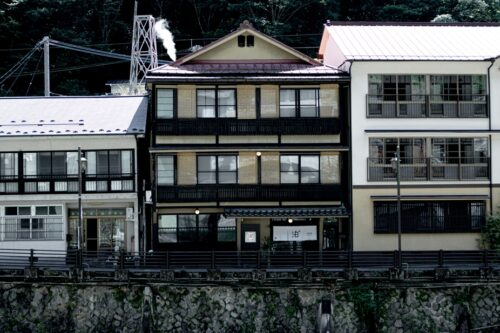
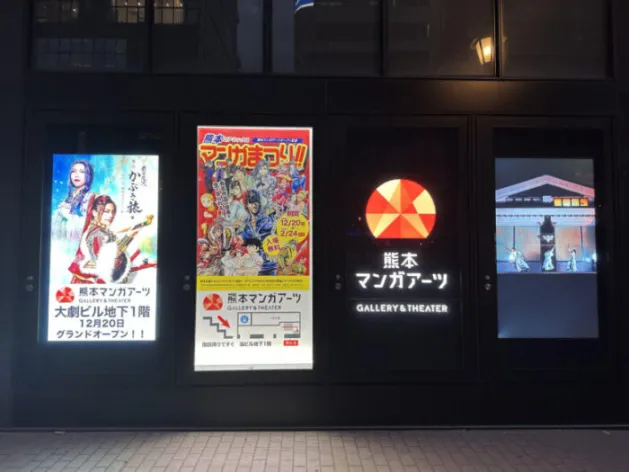


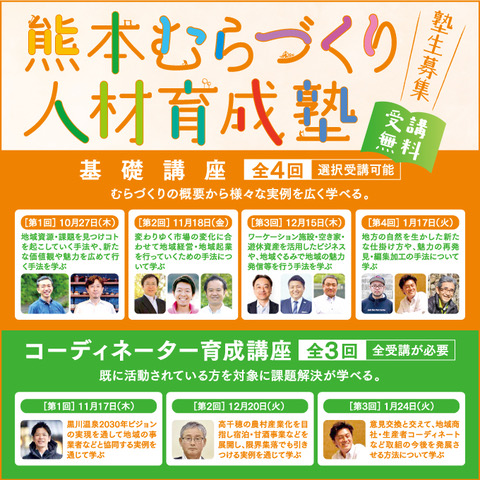







SHARE